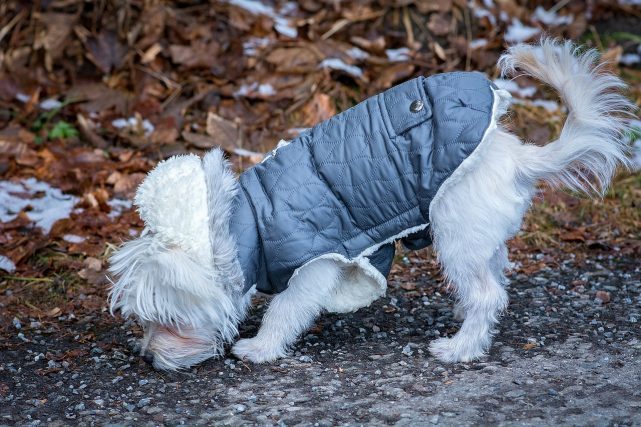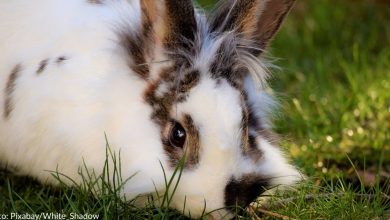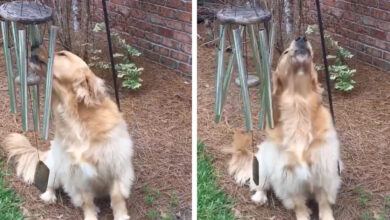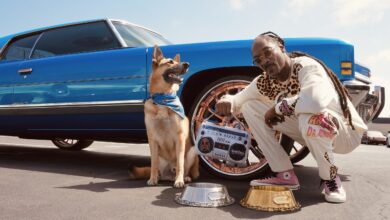Why do some dogs have a better sense of smell than others?
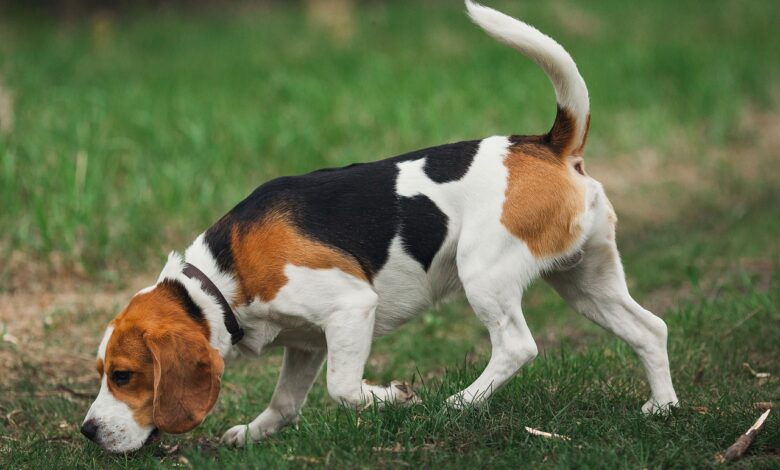
This article will provide a comprehensive overview of why some dogs have a better sense of smell than others, highlighting the key factors that contribute to this extraordinary ability.

The anatomy behind a dog’s superior sense of smell
A dog’s anatomy plays a key role in its superior sense of smell. Dogs possess up to 300 million olfactory receptors in their noses, compared to about 6 million in humans. In addition, the part of a dog’s brain devoted to analyzing odors is about 40 times larger than that of humans. The unique structure of a dog’s nose, including specialized cells and the ability to smell in multiple directions at once, enhances their ability to detect and distinguish scents. The vomeronasal organ, also known as Jacobson’s organ, is another important anatomical feature that helps detect scent, especially for pheromones. These combined anatomical features allow dogs to recognize even the mildest odors, making them exceptional in their ability to detect odors.
Find out which dog breed has the best sense of smell
Genetics: Why some dogs have a better sense of smell
Genetics play an important role in determining why some dogs have a better sense of smell than others. Some dog breeds have been selectively bred over many generations for their sense of smell, improving their ability to detect scents. For example, dog breeds such as the Bloodhound and Basset Hound have been specifically bred to track scent. The genetic makeup of these breeds includes genes that enhance the development and function of olfactory receptors, resulting in a superior sense of smell. Furthermore, the inheritance of these traits follows a Mendelian model, in which specific alleles contribute to the enhanced olfactory abilities observed in these breeds.
The breed is known for its exceptional sense of smell
Some dog breeds are famous for their exceptional sense of smell. For example, Bloodhounds are famous for their tracking abilities, being able to follow a scent trail that dates back many days. The German Shepherd is another breed known for its good sense of smell, often used in the police and military to detect drugs and explosives. With a keen sense of smell, the agricultural industry frequently uses beagles to detect prohibited items. Other notable dog breeds include the Basset Hound, which has long ears that help carry scent into the nose, and the Labrador Retriever, which is often used in search and rescue operations due to its ability to reliably detect scent. These breeds illustrate how selective breeding has enhanced their natural ability to detect scent.
Training and environmental influences on dogs’ sense of smell
Training and environment also play important roles in enhancing or decreasing a dog’s sense of smell. Dogs specifically trained to detect scent, such as those used in search and rescue or to detect substances, often demonstrate superior olfactory abilities compared to untrained dogs. training. A dog’s environment can also affect its sense of smell. Dogs exposed to a variety of scents from a young age tend to develop more refined scent recognition skills. Furthermore, a stimulating environment that encourages scent-based activities can further enhance a dog’s olfactory abilities, making training and environmental exposure important factors in development. dog’s sense of smell.
The role of olfactory receptors and brain structures
The number of olfactory receptors and the structure of a dog’s brain play a key role in determining its sense of smell. Dogs have a significantly higher number of olfactory organs than humans, which allows them to detect a wide variety of scents. In addition, the olfactory bulb, the area of the brain responsible for processing odors, is also larger and more developed in dogs. This advanced neural structure allows dogs to process and interpret complex scent information quickly and accurately. The interaction between olfactory receptors and the brain’s processing ability makes a dog’s sense of smell extremely sensitive and reliable.
Discover 11 surprising things dogs can smell that we can’t
Application of dogs’ sense of smell in many different fields
The practical applications of a dog’s sense of smell are vast and diverse. In search and rescue operations, dogs are invaluable in locating missing people by following scent trails. In law enforcement, dogs are trained to detect drugs, explosives and other contraband, making them an essential asset in maintaining public safety. Medical detection dogs are trained to identify specific scents associated with diseases such as cancer, diabetes and epilepsy, providing early warning signs that can save lives. Additionally, dogs are used in conservation efforts to monitor endangered species and detect invasive species, demonstrating their versatility and importance in many fields.
Explore how dogs see and experience the world around them
Conclusion: Why some dogs have a better sense of smell than others
The world finds the scent of dogs fascinating. Anatomical characteristics, genetics, training and environmental factors contribute to a dog’s superior sense of smell. Understanding why some dogs have a better sense of smell than others allows us to appreciate the remarkable abilities of these animals and their significant contributions to other practical applications. together. From search and rescue missions to detecting disease, dogs’ olfactory abilities continue to prove invaluable, highlighting the unique and extraordinary nature of their ability to detect scent.
